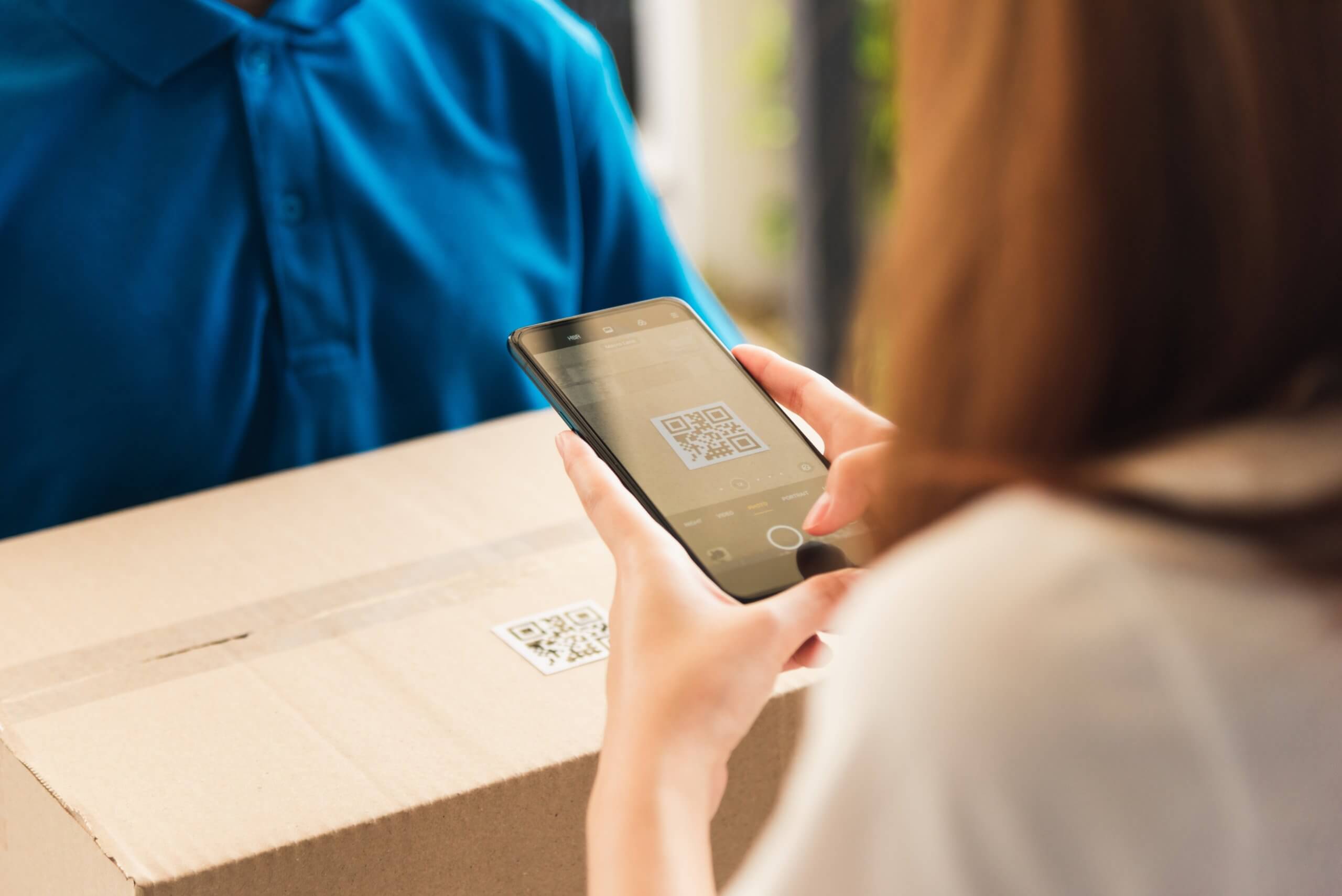
To create a more circular plastics economy that reuses post-consumer material and produces new, usable goods, effective recycling systems are crucial. As plastics increasingly play a critical role across industries including construction, food storage and transportation, product circularity is more important than ever. In response to this need, industry is developing and investing in innovative, twenty-first century recycling solutions for plastic waste that streamline waste management for producers and consumers alike.
Blockchain is a digital financial ledger that records transactions and tracks both intangible and tangible assets across business networks. Information is stored permanently and can be shared instantaneously throughout a business’ secure network. In recent years, the plastics industry has turned to blockchain to collect information about recycled products to corroborate material quality as products are repurposed into new goods.
In a recently announced partnership, Circulor, TotalEnergies and RecyclingTechnologies created project TRACKCYCLE, which incorporates blockchain tracing at a polymer level in plastics production to create a fully traceable record of recycled materials. This means that producers can see the full history of recycled plastics, with knowledge of when the product was initially manufactured, which feedstock was used and how it has been recycled since. This end-to-end traceability ensures that plastics are high quality before they are further recycled into new goods.
Blockchain tracing can also be incorporated into plastics recycling in the post-production stage. New York startup RecycleGo organizes recycling efforts to scan QR codes onto existing plastic products to enable blockchain tracing. Projects like RecycleGo ensures that even mid-lifecycle plastics are accounted for and tracked for recyclability, rather than lost to a landfill.
QR codes are a uniquely designed barcode made up of black and white squares that store data–typically a website URL. When scanned by a smartphone camera, the QR code then directs the user to that website, instead of requiring users to manually enter the URL themselves. Across the United States, companies are using QR codes to streamline patchwork recycling regulations for post-consumer plastic at the town, county and state levels. With this approach, consumers have easier, more accessible options for waste management.
Recycle Now QR Code Recycling is one example of QR codes streamlining the recycling process at the consumer level. Consumers simply enter their zip code and scan the QR code of a product using their smartphone camera. The Recycle Now system then finds the three closest recycling options for that material, and even provides directions to the location. This innovative technology removes the guesswork from recycling, making it easier for consumers to participate in the circular economy.
Interactive packaging that uses QR codes also allows brands to interact with customers and encourage sustainable practices. QR codes, bar codes and website directions printed on product packaging provides consumers with information on everything from the components make-up of a product to usage options and safe end-of life disposal methods. For example, Nestlé’s mobile app 123Recycle, piloted in Singapore, scans barcodes on Nestlé products and emails consumers instructions on how to appropriately sort and dispose of the different pieces of the product’s packaging. In this case, the producer communicates directly with consumers to simplify recycling procedures and encourage them to practice sustainable habits.
In countries without formal waste pickup systems, communities often rely on self-starters and “waste-pickers” to collect trash for recycling centers. But, this informal approach is not consistent and workers are often not appropriately compensated for their efforts—leaving most plastic improperly disposed of and waste-pickers without fair payment for their work. In Argentina, the government is looking to address these issues with the Jellycoin – a cryptocurrency that compensates waste collection.
With cryptocurrencies, encrypted digital mediums of exchange that are decentralized, users are empowered to manage and maintain the cryptocurrency’s value over the internet instead of relying on a central authority like the U.S. Federal Reserve that maintains the dollar. In Argentina, the Jellycoin cryptocurrency and accompanying app connect waste “producers” with “collectors,” and “collectors” with processing facilities. Jellycoin compensates all three actors for their role in successful waste disposal and even takes into account the distance collectors travel to collect and deliver waste, ensuring they receive a fair reward. Individuals can also use the Jellycoin at local businesses, which then use that Jellycoin to pay their waste collectors, so the economic benefits from recycling remain in the community.
Innovative technologies like QR codes, blockchain tracing, and digital currency are revolutionizing recycling by creating new ways to trace materials, encourage recycling and reward consumers for participating in the circular economy. These breakthroughs and pilot programs are just the beginning of new age recycling systems in the 21st century.